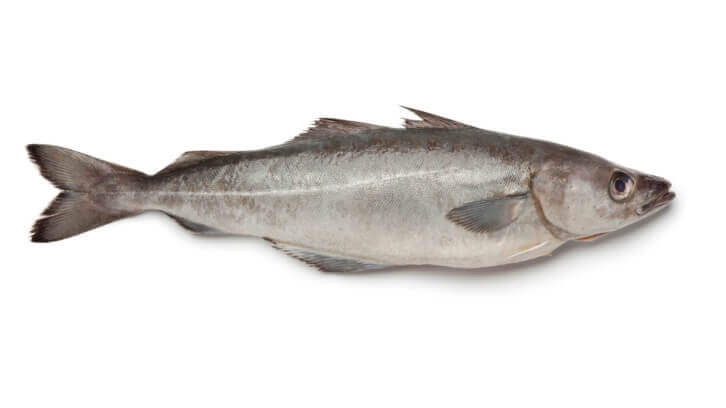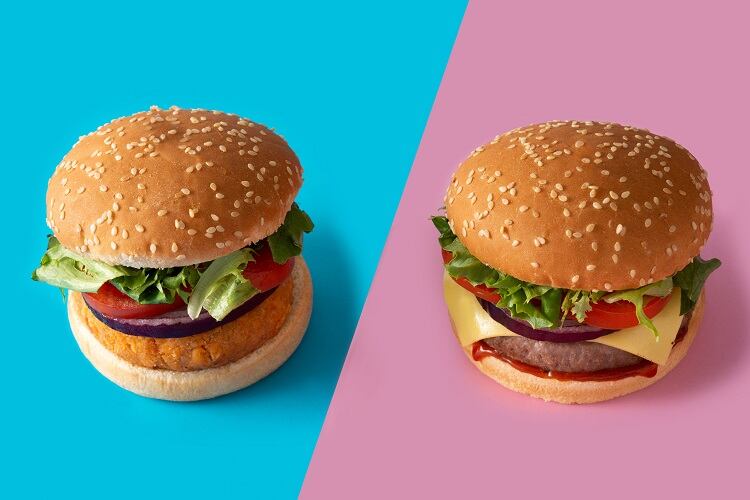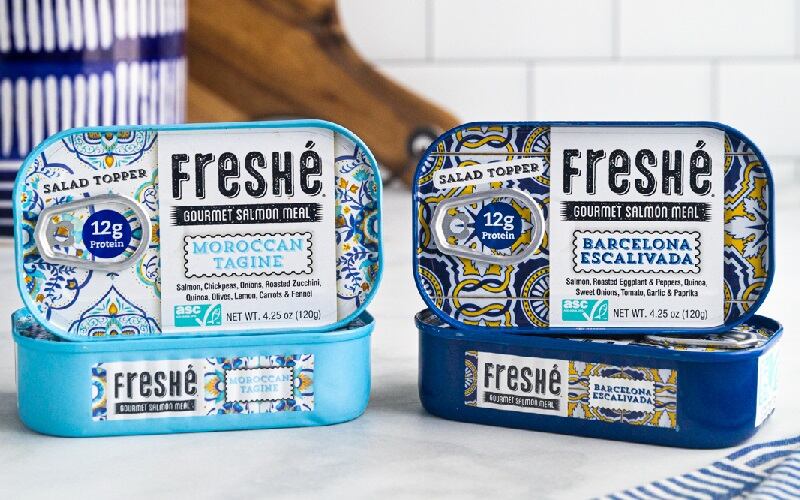A major at-sea processor of wild Alaska pollock and Pacific hake operating in the Bering Sea and North Pacific Ocean, American Seafoods sells primarily to retailers in the US and committed to educate its customers on both species’ sustainability benefits throughout the entire supply chain.
Data from GAPP and Ketchum reveals a surge in fish consumption among millennials, with over 5.3 million increasing their intake since 2022. Notably, wild Alaska pollock is gaining traction within this demographic, with 2.6 million actively exploring the species. This trend extends to multicultural consumers as well, with 9.1 million discovering its qualities.
Seafood provenance is also a growing preference among the consumer groups – with 87% of consumers reporting they are more likely to purchase fish in the US and 66% saying they are unlikely to purchase fish from either China or Russia.
Soerensen commended GAPP’s study analyzing consumer trends surrounding pollock, citing the insight will “help our industry get our story out there and enable us to garner a better understanding about how to appeal to a wider range of consumers.”
Developing full traceability for hake and pollock supply chain
In partnership with Genuine Alaska Pollock Producers (GAPP), Wild Alaskan Sole Association (WASA) and Alaska Seafood Marketing Institute (ASMI), American Seafoods is focused on bringing hake and pollock to seafood’s forefront, citing its environmental benefits as a key benefit for consumers.
“At American Seafoods, we have really tried to do a better job of getting in front of more folks to tell a more informed story about pollock and hake…One key priority has been to properly educate our customers (i.e. retailers) on the benefits of these highly sustainable, healthy and affordable proteins and why consumers must pay more attention,” he said.
While understanding the environmental impact of all food choices is crucial, calculating greenhouse gas emissions (GHG) for fish and seafood presents unique challenges due to species differences and fishing methods. Notably, American Seafoods' internal data reveals a low carbon footprint for wild Alaska pollock and Pacific hake, ranging from 1.0-1.5 kgCO2-e per kilogram of product. This stands in stark contrast to options like beef, emitting 21.3 kgCO2-e/kg, or tofu at 3.2 kgCO2-e/kg.
Adhering to the Marine Stewardship Council’s certification standards on sustainability for its wild caught fish, American Seafoods’ strategy is to provide “full traceability” for consumers who are demanding more transparency in their food’s supply chain, Soerensen explained.
Despite American Seafoods' successful implementation of MSC certification, the accessibility of this standard isn't universal. The rigorous assessment process conducted by accredited third-party bodies, with costs between $15,000 and $120,000 and a timeline varying from 12 to 18 months depending on several factors, can act as a barrier to entry for many fisheries, potentially hindering wider adoption of sustainable fishing practices across the industry.
Addressing metal pollutants
Consumers worry about metal pollutants in fish, a valid concern as contaminants can enter both naturally and during processing. However, seafood brands can ease these concerns and ensure consistent regulations by partnering with third-party certifications and aligning with state programs.
Mercury levels for both pollock and hake are 20-25 times below the FDA levels and “hence there should be no contamination concerns eating either species,” Soerensen assured, citing The Alaska Department of Environmental Conservation’s contaminant testing and Alaska’s Fish Monitoring Program to confirm its safety.



